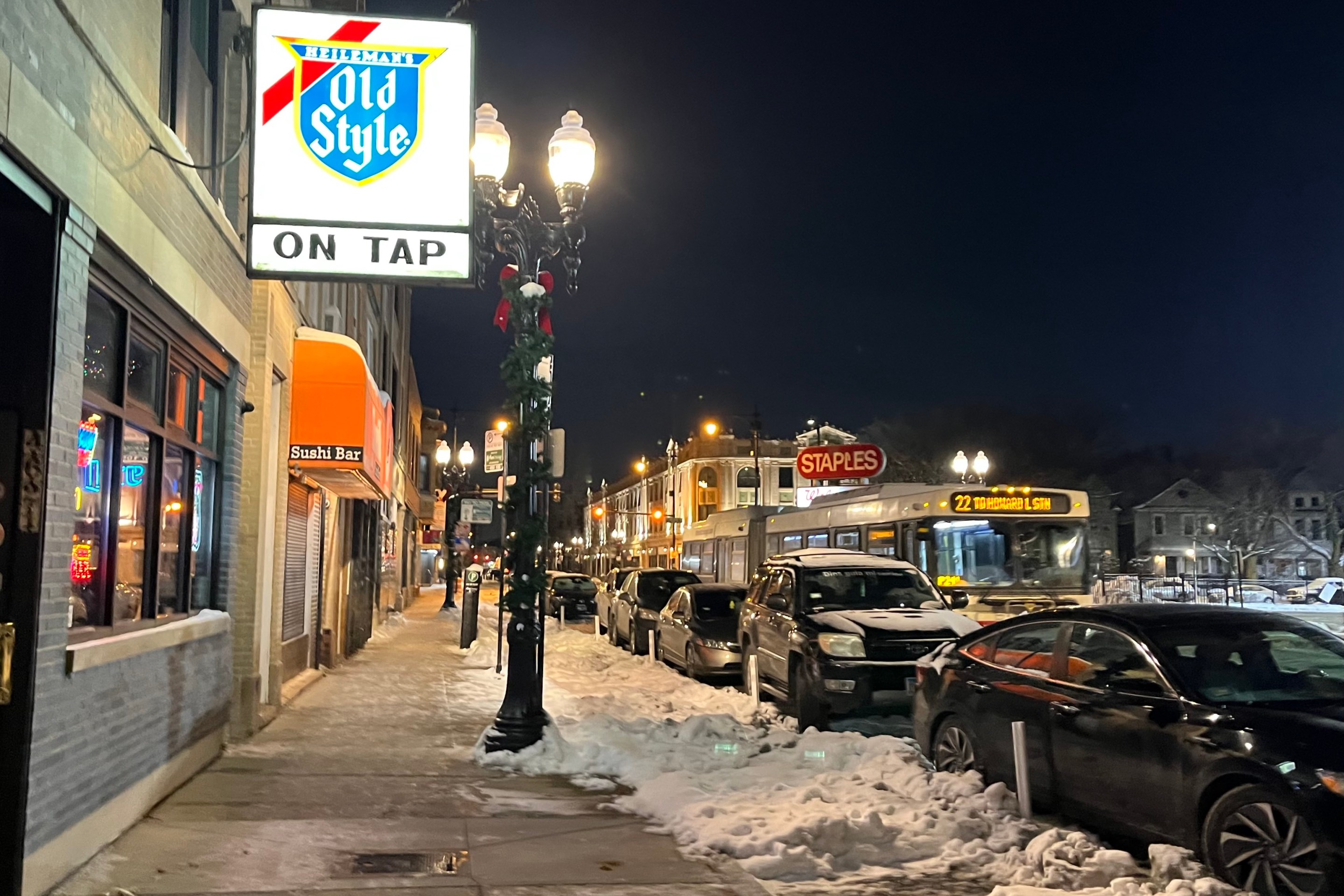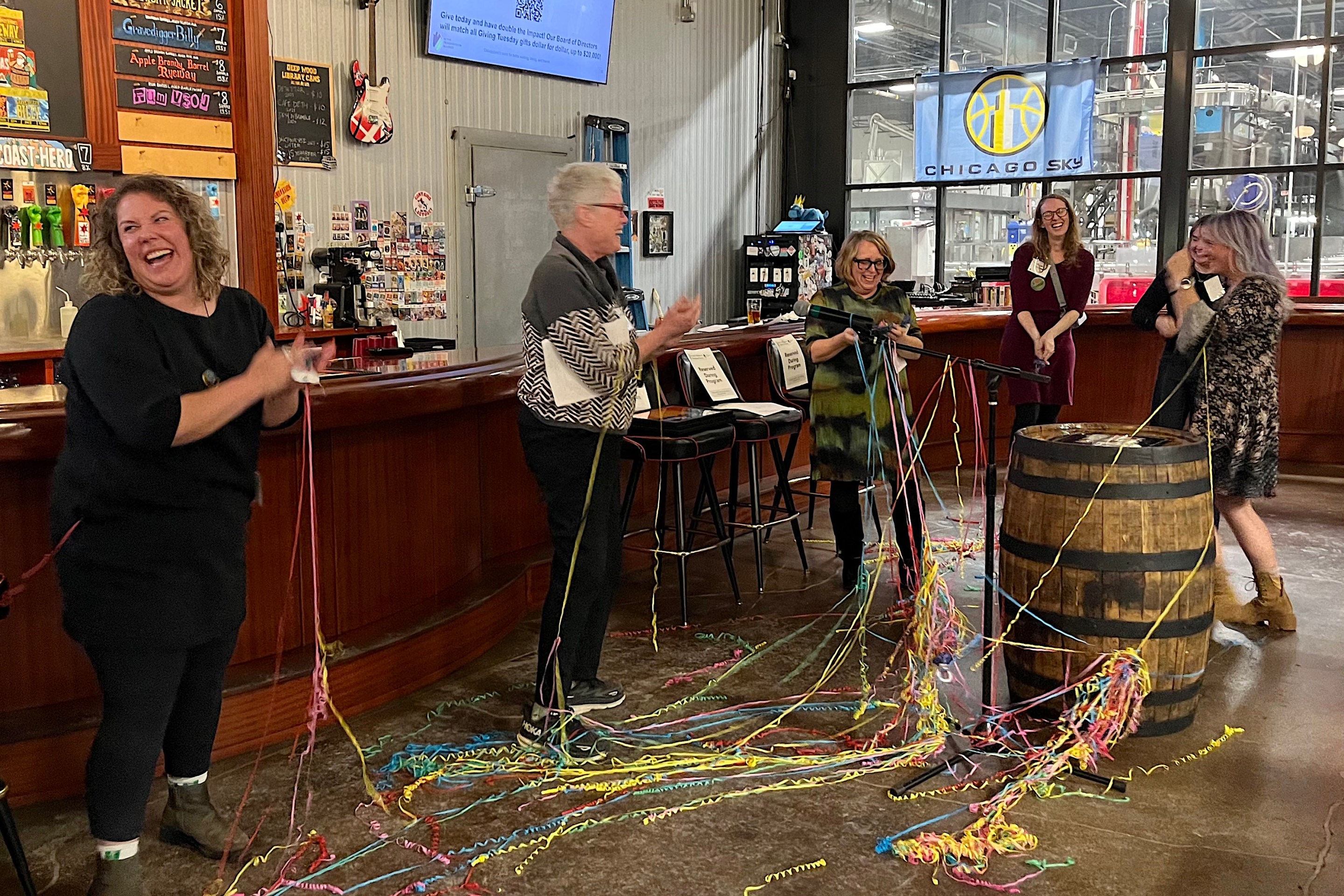
Michael Andersen blogs for The Green Lane Project, a PeopleForBikes program that helps U.S. cities build better bike lanes to create low-stress streets.
One of North America's unlikeliest and most ambitious protected bike lane projects is now on the ground.
Calgary, the arid Alberta prairie town and natural gas capital, agreed last year on a novel strategy: Instead of upgrading one street for biking at a time, as most cities do, it would pilot a connected protected bike lane network on four downtown streets at once.
The stakes are high, and Wednesday's official opening is obviously too soon to declare a success or failure.
But something's working so far, reports CTV News:
“We’re completing it almost two weeks early, ahead of schedule, as well as under budget,” said [Calgary Transportation Planning Director Don] Mulligan. “The budget was $7.1 million for this project. The costs have now been totaled and it’s coming in at $5.75 million. It’s $1.35 million under budget.
Earlier this spring, city crews opened the 12 Avenue S. and 5 Street S.W. sections of the bike lane. Mulligan says usage has exceeded expectations.
“On 12 Avenue, we’re counting, on an average weekday, 1,000 vehicles a day,” boasted Mulligan. “Our target was 800, which was four times what it was before we had cycle tracks.
“We now have counts for the first time of 5 Street, under the CPR tracks, and they’re coming in at 1,500 cyclists a day which is the highest we’ve ever encountered on any street for bikes in Calgary.”
According to data released by the office of the City of Calgary Transportation Infrastructure, the impact of the 12 Avenue protected bike lane on motorist travel times has been minimal.
Travel times compiled from 11 Street Southwest to 4 Street Southeast indicate commute times for motorists over the 15-block stretch have increased by an average of 60 to 90 seconds since the bike lane was installed.
According to the Calgary Herald, the cost savings came mostly from the city's decision to rely on standard traffic lights at some intersections rather than using bike-specific signals. Time will tell whether that'll lead to any problems, but one of the nice things about bike projects is that they're easy to tweak after construction.
For Calgary, the question will be whether a connected downtown grid for comfortable biking will lead to meaningful change in just one year, especially in the absence of the bike-share system that would make the bike network more useful to users of Calgary's above-average transit system. But if this spring's early ridership numbers hold up, cities everywhere should be looking to Calgary as an example of how to get results by going big.
You can follow The Green Lane Project on LinkedIn, Twitter and Facebook or sign up for its weekly news digest about protected bike lanes.





